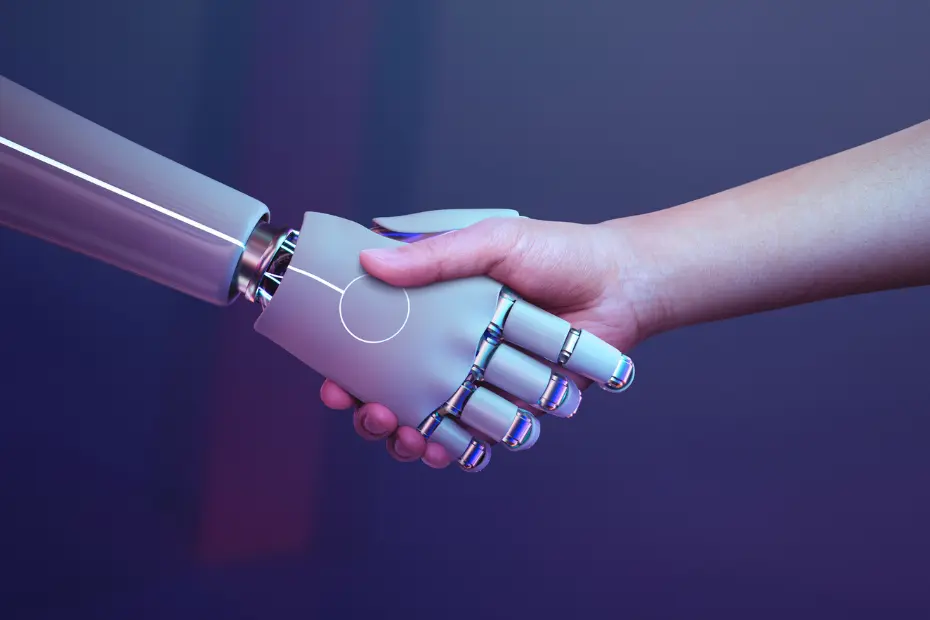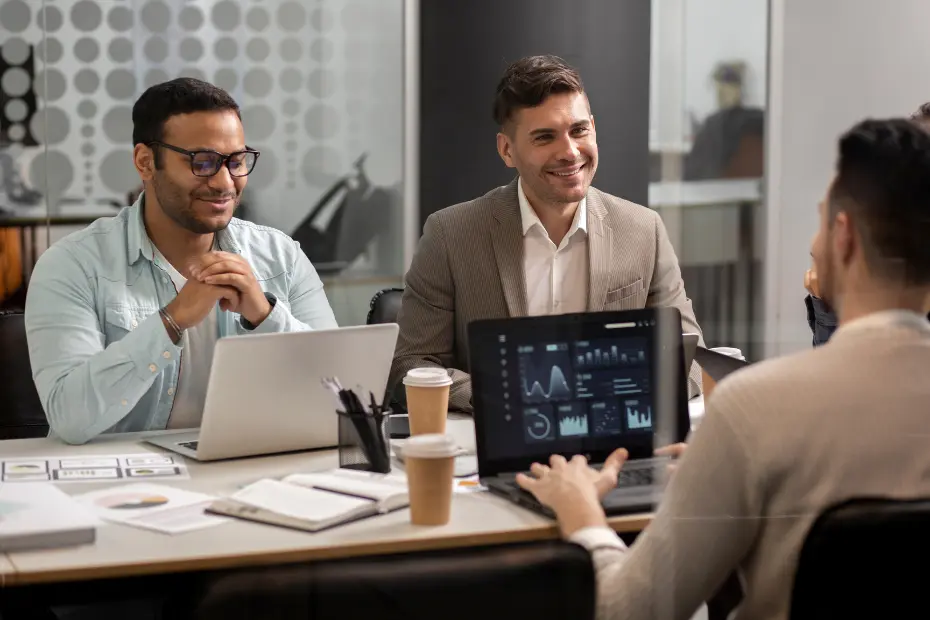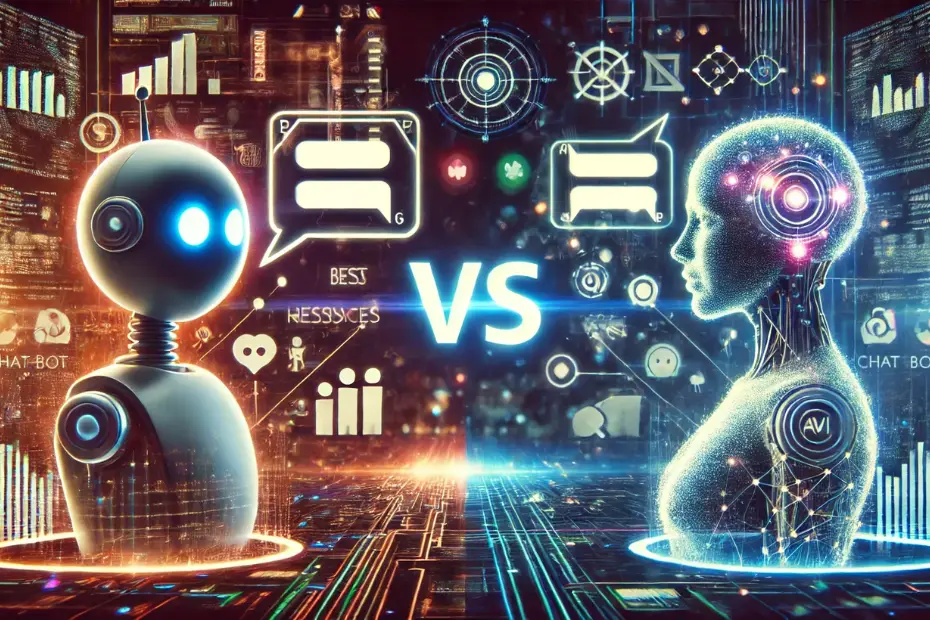Artificial Intelligence (AI) has revolutionized the way and speed at which some aspects of our daily lives unfold, from learning to entertainment. But what’s most striking is how AI has amplified our ability to create, a skill that distinguishes humans by their inventive nature. From music and writing to design and visual arts, AI is not only changing how we create but also what we consider creative. In this article, we will explore the impact of AI on the human creative process, with statistics, use cases, and examples that highlight its relevance and potential.
AI and the Creative Process: An Emerging Synergy
Creativity has traditionally been considered an exclusively human attribute. However, the emergence of generative AI has challenged this perception. AI can analyze patterns, generate ideas, and in some cases, even create works of art. According to a McKinsey & Company study, 45% of tasks at work can be automated thanks to AI, including creative aspects such as content generation and design. Only 5% of occupations can be fully automated with current technology, so it is essential for workers to acquire new skills and adapt to the use of new tools.
Statistics Highlighting the Impact of AI on Creativity
Statistics show a growing interest in the intersection between AI and creativity. Here are some significant data points:
- Growth in the use of AI in the creative industry: A Deloitte report indicates that the use of AI in the creative sector could increase by 30% by 2025.
- Increased productivity: Accenture reported that using AI in creative tasks can increase productivity by 40%.
- Adoption by artists: According to an Art Basel survey, 37% of artists are using AI tools in their work.
These statistics highlight how AI is not only changing the creative landscape but also improving efficiency and innovation.
How has AI influenced the area of creativity?
The implementation of AI in the creative process can be seen in various fields. Here are some notable examples:
- In music: Platforms like AIVA (Artificial Intelligence Virtual Artist) use AI algorithms to compose music. AIVA has been used to create soundtracks for films and video games, demonstrating that AI can generate quality musical pieces comparable to those of human composers. In 2020, the song “Not APPLICABLE” was recognized by the International Music Council, a milestone that demonstrates the validity of AI in music creation.
- In literature: AI has also made inroads into writing. OpenAI developed GPT-3, a language model capable of writing coherent and creative texts. This model has been used by writers and companies to generate everything from short stories to advertising content. A notable example is the novel “1 the Road,” co-written by a human author and AI, which has been praised for its originality.
- In visual arts: In the visual realm, AI has enabled the creation of stunning works of art. The DeepArt program uses neural networks to transform photographs into famous artistic styles. In 2018, an AI-generated work was sold at auction for $432,500, raising questions about authorship and value in art.
- In graphic design: AI is also revolutionizing graphic design. Tools like Canva and Adobe Sensei use AI to facilitate the creation of custom designs, allowing designers to focus on more strategic and creative aspects of their work.
AI as a Creative Collaborator
Rather than replacing creatives, AI is acting as a collaborator. Artists and creatives are starting to see AI not as a threat but as a tool that empowers their ability to innovate. A Harvard Business Review study highlights that 80% of creatives who use AI feel that their work has become more interesting.
A fascinating case is that of artist Refik Anadol, who uses AI to create immersive art installations. His work “Melting Memories” explores human memory through data visualization, creating a unique artistic experience that combines technology and art.
Challenges and Ethical Considerations
Despite its benefits, the integration of AI into the creative process also presents challenges and ethical questions. The question of authorship becomes complex: who is the true author of a work created by an AI? Additionally, AI can perpetuate biases present in the data it was trained on, which can affect diversity and inclusion in art.
A Stanford University study found that 57% of artists worry about the possibility of AI displacing human talent. Therefore, it is crucial to foster a dialogue about the ethics of AI in creativity, seeking a balance between innovation and the preservation of human expression.
The Future of Creativity and AI
As AI continues to evolve, its role in the creative process is likely to do so as well. With emerging technologies such as augmented reality and virtual reality, AI could enable even more immersive and personalized creative experiences. A Gartner report predicts that, by 2025, 30% of works of art in galleries will be created with the help of AI.
Applications and Future Perspectives
The fusion of AI and creativity is finding applications in multiple fields. In graphic design, AI tools are helping to generate patterns, logos, and visual compositions in minutes, facilitating the work of designers. In fashion, algorithms can analyze market trends and suggest new collections inspired by both historical styles and avant-garde ideas. In film and video games, AI models are being used to create immersive virtual environments and interactive scripts that offer personalized narrative experiences to users.
Ethical Challenges and Social Issues
However, the growing prominence of AI in the creative realm also raises important ethical and social questions. What defines authentic creativity? Who owns the intellectual property when a work has been developed in collaboration with an AI? These are just some of the questions that the artistic community, technology developers, and lawmakers will have to address.
Another fundamental challenge will be the risk of homogenization of creativity. While AI can help artists explore new ideas, there could also be a tendency for algorithms to perpetuate certain styles or themes, limiting cultural and artistic diversity. Therefore, it will be crucial to foster a critical and reflective approach to how these technologies are used in artistic production.
Human-Machine Collaboration in Artistic Creation
The collaboration between humans and machines in artistic creation has opened up a new era in art, where artificial intelligence (AI) tools do not replace creators but complement them. This symbiosis allows for the exploration of new frontiers in creativity, combining human judgment and intuition with the ability of machines to analyze data and generate complex patterns.
Conclusion
The impact of AI on the human creative process is undeniable. From music to visual arts, AI is transforming how we create and understand art. As we move towards a future where AI becomes an integral part of creativity, it is vital to maintain an ethical and collaborative approach. Human creativity will not disappear; instead, it will be expanded and enriched by the possibilities offered by artificial intelligence.
It is both revolutionary and multifaceted. On the one hand, AI has proven to be a powerful tool that enhances creativity, helping creators generate new ideas and automate repetitive tasks, allowing them to focus on the most innovative and artistic aspects of their work. This has opened up new creative frontiers in areas such as art, music, and design, facilitating the creation of original and personalized content.
It must be taken into account that Artificial Intelligence seeks to imitate and replicate the human being, but it is not capable of replacing the originality, creativity, and emotion that characterize the human being.
With the rise of AI, creatives have the opportunity to explore new frontiers, redefining what it means to be creative in the 21st century. In the end, the real question is not whether AI will replace humans, but how we can work together to create a future where human and artificial creativity coexist in harmony.
Smarttie provides generative AI solutions to enhance your company’s creative process. Our tools unlock innovation in design, writing, and visual arts, fostering collaboration between AI and human talent. Discover how Smarttie can help you strategically integrate AI to optimize workflows and elevate creativity across your business.


